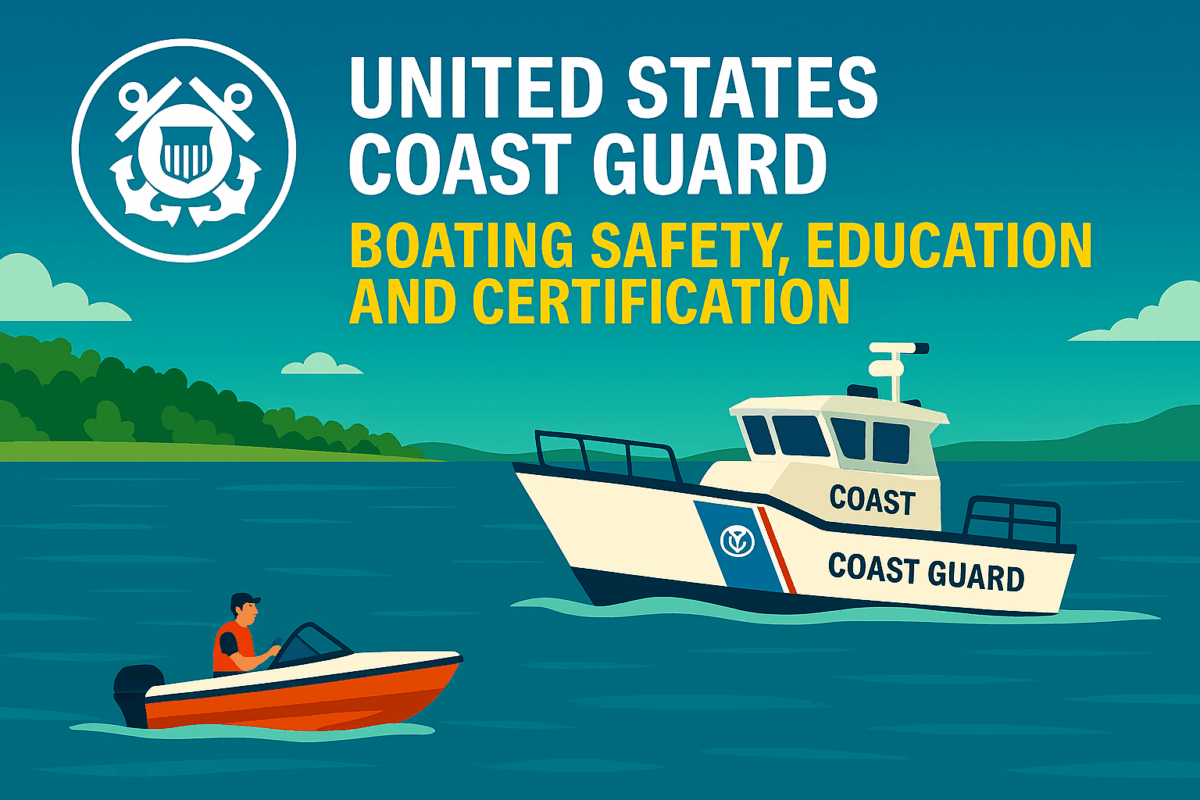Call: 1-800-832-7191

USCG A Federal Requirements Guide
USCG a Federal Requirements Guide: Know What’s Required Before You Launch
Boaters must understand the USCG Federal Requirements Guide to operate legally and safely on U.S. waters. Because federal laws apply to all recreational and commercial vessels, this guide outlines essential equipment, documentation, and safety standards. The U.S. Coast Guard publishes updates regularly to reflect changes in regulations and enforcement.
Required Safety Equipment for All Vessels
Every vessel must carry Coast Guard-approved life jackets for each person onboard. Although vessel size affects equipment needs, some items are universal. For example, sound-producing devices, fire extinguishers, and visual distress signals are mandatory on most boats. Additionally, throwable flotation devices are required on vessels 16 feet or longer. Therefore, boaters should review the guide before each season to ensure compliance.
Navigation and Communication Standards
The guide includes rules for navigation lights, day shapes, and sound signals. Because visibility varies by location and time, proper lighting is essential. Vessels must also carry a functioning VHF marine radio when operating offshore. Moreover, Digital Selective Calling (DSC) and Emergency Position Indicating Radio Beacons (EPIRBs) improve emergency response. These tools help the Coast Guard locate vessels quickly during distress situations.
USCG Federal A Requirements Guide: Pollution and Waste Management
The USCG A Federal Requirements Guide outlines pollution prevention rules for oil, garbage, and sewage. Vessels must use approved marine sanitation devices and follow discharge restrictions. Additionally, bilge water must be managed to prevent oil contamination. Because violations can result in fines, boaters should maintain proper waste handling systems. The guide also includes instructions for placarding and recordkeeping.
Stay Informed and Prepared
Boaters should download the latest version of the guide from the Coast Guard website. Because regulations may change, staying updated helps avoid penalties. In addition, the guide includes checklists for inspections and voyage planning. Ultimately, following these federal requirements ensures safer boating and protects marine environments.
